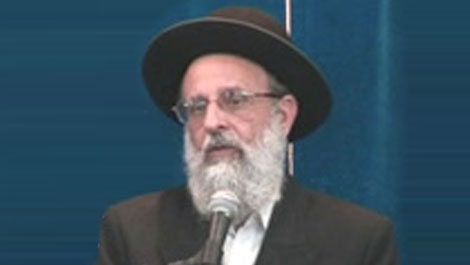Beit Midrash
- Torah Portion and Tanach
- D'varim
- Ekev
The Torah study is dedicatedin honor of
Ezra Ben Zafrir
The Yerushalmi (Shekalim 6:1) brings two opinions on the matter. R. Yuda says that there were two arks. One contained a sefer Torah and was kept within the sanctuary of the Mishkan. The other one contained the broken, first tablets and went out with the army to battle. Rabbanan say that there was only one aron, and it was kept in the Mishkan. One time, it was taken out by the sons of Eili to battle, and it fell into captivity. The Bavli does not comment on this issue.
Ibn Ezra tries to bring a proof on this matter from a pasuk in our parasha. It says "... I placed the tablets in the ark that I made, and they were there, as Hashem commanded me" (Devarim 10:5). He understands that this is a reference to the same aron about which it was commanded elsewhere. Yet Ibn Ezra concludes that the tradition (apparently referring to the first opinion in the Yerushalmi) that there were two arks wins.
Actually the simple understanding of many p’sukim is that an aron did travel with the army. Let us examine the use of the aron in the one example where all agree that it was taken to war (see Shmuel I, 4). Bnei Yisrael were fighting the Plishtim, and the latter had the upper hand in the preliminary battle. Instead of taking the opportunity to improve their fortune by repenting, the elders decided to bring the aron with them. This was actually an idolatrous type approach. Instead of finding favor in Hashem’s eyes by following his commandments, they tried to "force Hashem" into battle on their behalf by bringing a tangible object that was supposed to represent His Presence. While the Plishtim were initially afraid to take on the G-d who had smitten the Egyptians, they called on each other to raise their spirits and were successful not only against the Israelites but were able to seize the aron.
It may very well be that the reason the discussion of the aron’s role is mentioned in our parasha is related to our parasha’s discussion of the dangers of an idolatrous approach. We see that this concept even applies to those who misuse the authentic symbols of our religion.
























